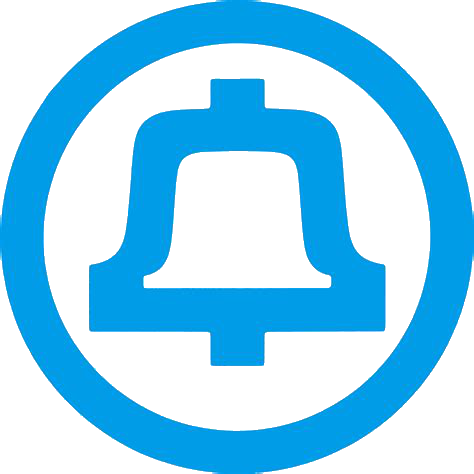District Selector
A district selector frame is a type of panel switch frame that houses district selectors. District selectors (or more casually, "districts") are responsible for connecting the calling line to an office selector, and then on through the rest of the switching network. District selectors are roughly equivalent to first selectors in step-by-step offices. They are so named because in the original design of the panel network, the output terminals on a district frame would lead to various districts of a city, each containing office selector frames, who's outputs would lead to individual central offices.
District selectors are also responsible for connecting the calling line to a sender, through either a sender link or sender selector. Finally, additional relays in the district selector circuit take care of supervision, charging (for message rate or coin calls), and providing quiet talking battery through a repeat coil. District selectors are sometimes grouped together in the same schematic with their associated line finder circuits, as the two circuits are so tightly coupled, that it is difficult to consider one without the other.
The district selector frame mounts up to 60 district selector circuits--30 on the front, and 30 on the rear. Each selector circuit consist of a vertical rod, carrying 5 brushes plus a commutator and commutator springs, and each selector circuit has an associated sequence switch and relay set. The rods for each selector are driven by magnetic clutches, both in the upward and downward direction.
Origin
From a design history perspective, the panel line finder and district selector are directly analogous to the back and front cords of a manual operator "A" switchboard. In a manual office, the operator connects the back cord to the line requesting service, and connects the front cord to a trunk leading to the central office containing the called line. In the same way, the panel line finder finds the called line, and the district connects that line to a trunk to the called office. However in the schema of panel switching, it was found that the 500 total outputs on the district frame were not sufficient to carry all possible traffic for an entire office--especially if this frame was multipled, as was expected at the time. So, the outputs of a district selector could optionally be wired to an additional switching stage called the office selector.
Supervision and other functions
The line finder-district circuit combination was designed to mirror the cords of an operator, so many of the operator's other functions were tied to these frames as well. Supervision, wherein the operator observes the state of the call in progress and acts accordingly, was taken care of by the district selector circuit handling a particular call. Providing talking battery was also a function of the operator cord circuit, and that function was also implemented in the district selector.
